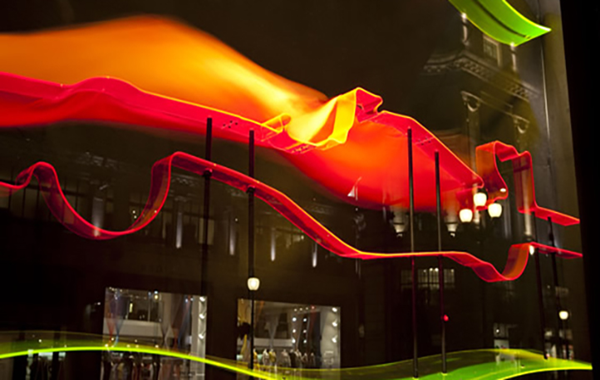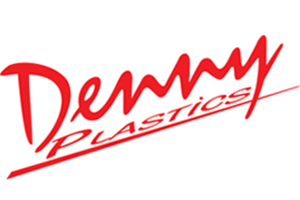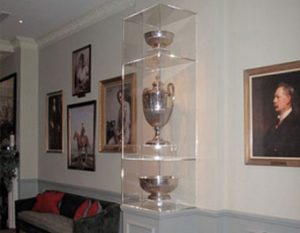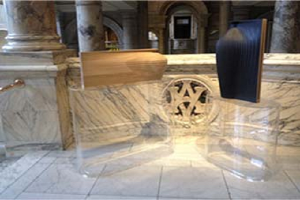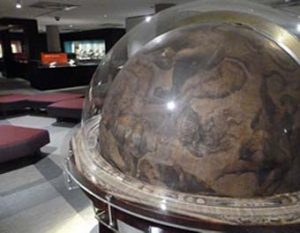Perspex, a brand name for acrylic sheet, is a versatile and popular material used in various applications, from construction and signage to furniture and even medical devices. But have you ever wondered how this transparent wonder comes to life? While we may not manufacture Perspex ourselves, we are a leading supplier and fabricator of the material, and by delving into the broader Perspex manufacturing process, we can shed light on this fascinating journey.
The Birth of a Sheet:
- Raw Materials: The story begins with a combination of liquid monomers, the building blocks of Perspex. These monomers, primarily methyl methacrylate (MMA), are carefully chosen and measured to achieve the desired properties like clarity, strength, and thickness.
- Polymerisation: The magic happens in a process called polymerisation. The liquid monomers are heated and stirred under controlled conditions, causing them to link together and form long chains, essentially creating the plastic structure of Perspex.
- Casting or Extrusion: Depending on the desired thickness and application, Perspex can be formed through two primary methods:
Casting: Molten Perspex is poured into molds of the desired shape and thickness. Once cooled and solidified, the Perspex sheet is removed from the mold. This method is suitable for thicker sheets and allows for the incorporation of pigments or additives for coloured or specialised Perspex.
Extrusion: For thinner sheets, molten Perspex is forced through a die of the desired shape, similar to how toothpaste is extruded from a tube. This method is faster and more efficient for producing large quantities of thinner Perspex sheets.
The Finishing Touches: After formation, the Perspex sheets undergo various finishing processes, including:
- Cooling: The newly formed sheets are carefully cooled to ensure proper solidification and prevent warping.
- Annealing: This process involves controlled heating and cooling to relieve internal stresses within the material, improving its strength and optical clarity.
- Surface Finishing: Depending on the intended use, the Perspex sheet may be polished, textured, or coated with additional layers for specific functionalities.
From Molten Liquid to Versatile Material:
The journey of Perspex from raw materials to the finished sheet is a testament to modern material science and engineering. Understanding this process allows us to appreciate the intricate steps involved in creating this widely used and versatile material that plays a significant role in our daily lives.
Remember, while here at Dennyplastics.co.uk we may not manufacture Perspex, we are experts in supplying and fabricating it into various shapes and applications. Make sure to take a look around our website to learn more about our services and explore the endless possibilities of Perspex!




